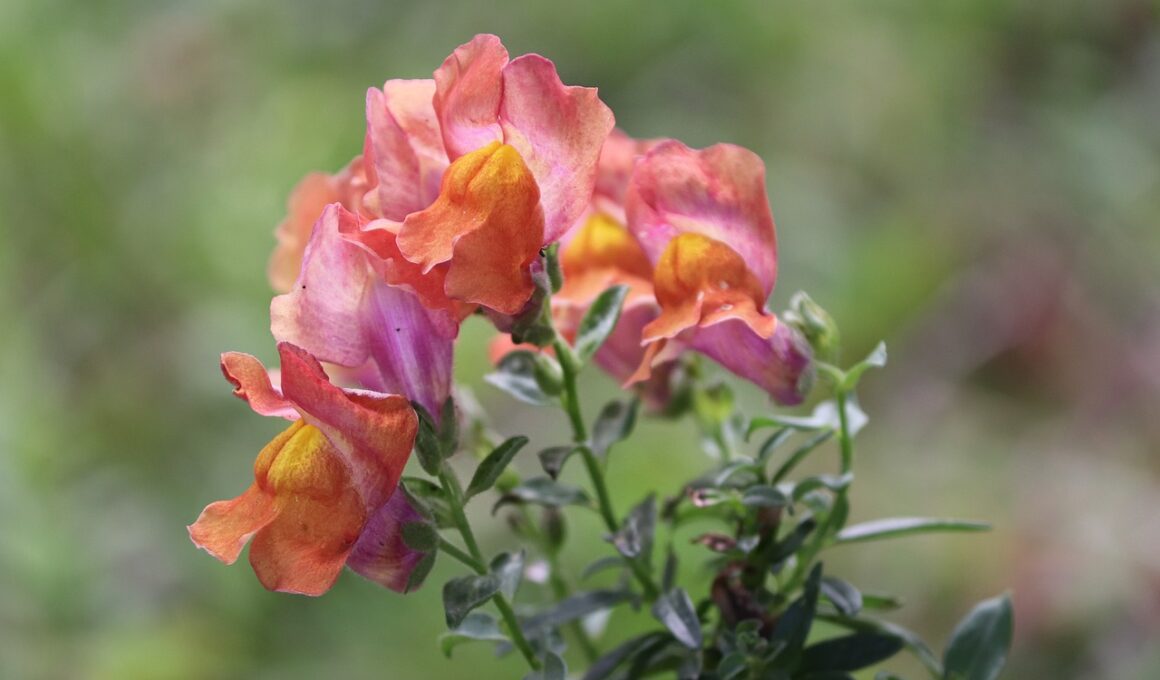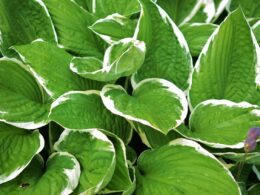Understanding Deadheading and Its Benefits
Exploring the practice of deadheading can help maximize the beauty and longevity of your garden’s blooms. Deadheading is the process of removing spent or faded flowers from a plant to encourage new growth and prolong the flowering season. By removing old blooms, the plant can redirect its energy towards producing new buds, resulting in a fuller and more vibrant display. One of the benefits of deadheading is that it promotes better plant health. When flowers are left to wilt and die on the plant, they can attract pests and diseases, which can spread to the rest of the plant and neighboring plants. By removing old blooms, you can prevent these problems from occurring and keep your garden healthy and thriving. There are several techniques for deadheading antirrhinums, including pinching off the faded blooms with your fingers or using a pair of sharp scissors to cut the stem just above the next set of leaves. Whichever method you choose, be sure to do it regularly throughout the growing season to keep your plants looking their best. With a little bit of effort, deadheading can help you achieve a beautiful and healthy garden that you can enjoy all season long.The Debate Around Deadheading Antirrhinums
You’ll miss out on a vibrant garden if you don’t remove the spent blooms from snapdragons, including antirrhinum varieties. Deadheading this plant is a simple process that involves removing the flower head once it starts to wilt. However, there is some debate around whether or not it’s necessary to deadhead antirrhinums. Here are three things to consider when deciding whether or not to deadhead antirrhinums:- Antirrhinum varieties have different blooming habits. Some types of snapdragons will continue to bloom even if the spent flowers are not removed. However, others will stop blooming if the dead flowers are left on the plant. Make sure to research the specific variety of antirrhinum you have to determine if deadheading is necessary for continuous blooming.
- Deadheading can have an environmental impact. When you remove spent blooms, you’re removing potential seeds that could germinate and grow new plants. If you’re looking to create a self-sustaining garden, you may want to skip deadheading and allow the flowers to naturally drop their seeds.
- Deadheading can promote healthier plants. By removing spent blooms, you’re directing the plant’s energy towards producing new flowers instead of focusing on producing seeds. This can result in more abundant and healthy blooms throughout the growing season.
Is Deadheading Beneficial for the Growth of Lupins as well?
Deadheading lupins can be beneficial for their growth. By removing spent flowers, deadheading promotes continuous blooming and redirects the plant’s energy towards new growth. This process prevents seed production and encourages the development of new buds, resulting in a more vibrant and healthier lupin plant overall. Consider deadheading lupins regularly to maximize their beauty and ensure robust growth.









